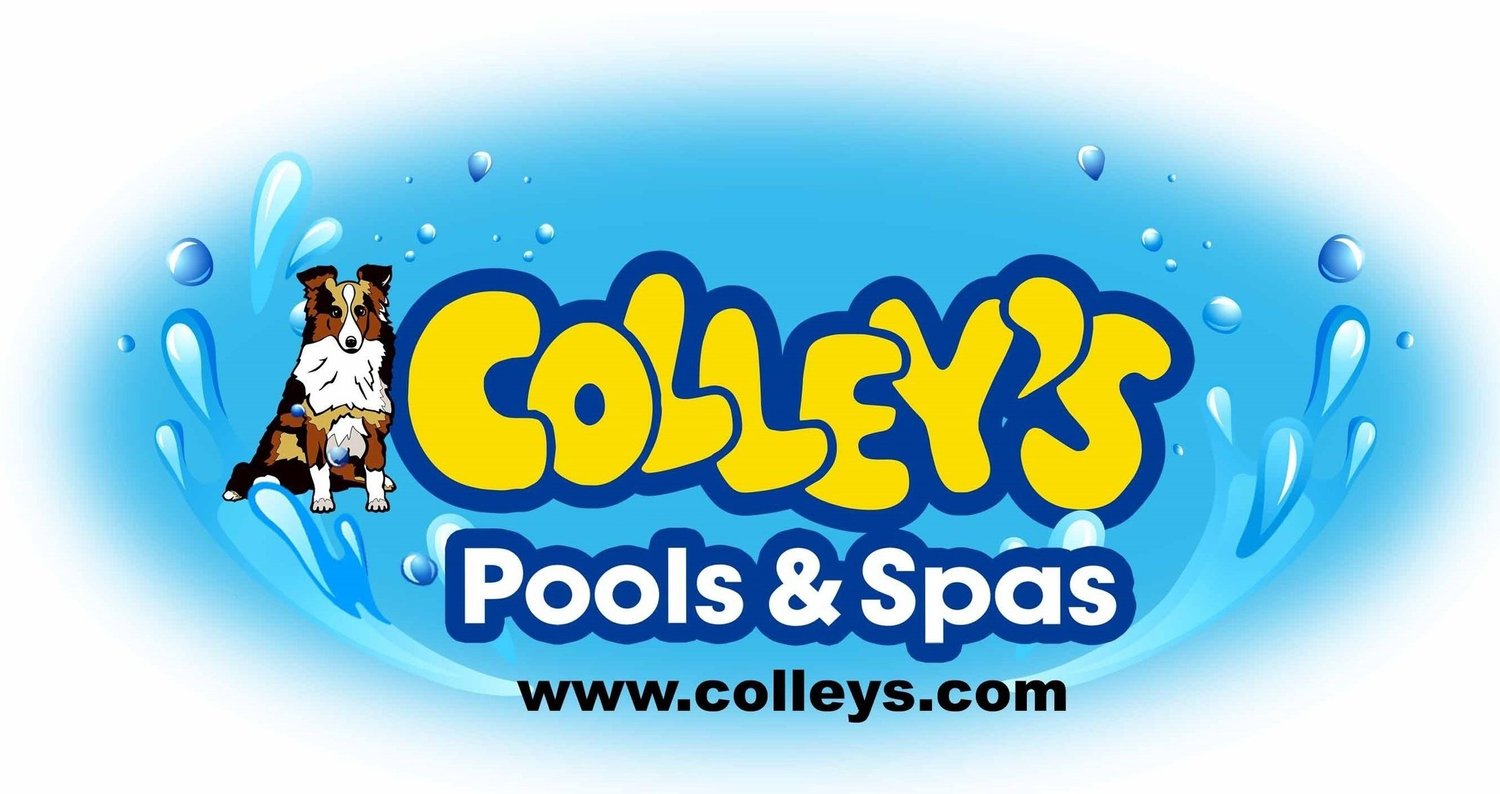A little rain never hurt anybody...but a lot can kill your pool chemistry. Most pros have seen a storm turn perfectly clear water cloudy or green, or knock its chemical balance sideways. So, what exactly happens to the pool when it rains?
The answer, of course, is complicated — but understanding some of the basics can make aftermath maintenance easier.
Rain water is not completely pure. There could be anything in the atmosphere at the time, including dust, smoke, industrial pollutants, nitrogen dioxide, sulfur dioxide and airborne organic material that would be encapsulated by the rain water. There contaminants can steal the attention of your pool’s chemicals. The more contaminants in the water, the higher the chlorine demand — and at lowered levels, chlorine isn’t as effective as it should be. Additionally, heavy rains can create run-off that can enter into your pool.
If a storm leaves the pool looking swampy, it can because rainwater can foster the right conditions for algae growth. Simply stated, rain and rain run-off can dilute your sanitization levels which leaves more room for bacteria and algae to grow.
An extra pre-emptive effort will ease the damage control later. Anticipating the effects of a storm can help to quickly put pool chemistry back in range after a storm has altered it. Alicia Stephens, education and training manager at Biolab says, “Don’t just let the pool get bad and then clean it up, if you have the right chemicals in there, it never gets bad in the first place, because it’s just cleaning everything up as it comes in.” Stephens continues, “Always, always, always shock the pool before a storm if you’re able to, that will build your chemistry up to where it’s a little more forgiving of whatever’s going to get washed into the pool during the storm.”
All in all, Colley’s Pools & Spas has experienced technicians and staff who can answer most any questions regarding how rain water may effect your pool’s water chemistry. Give us a call!

